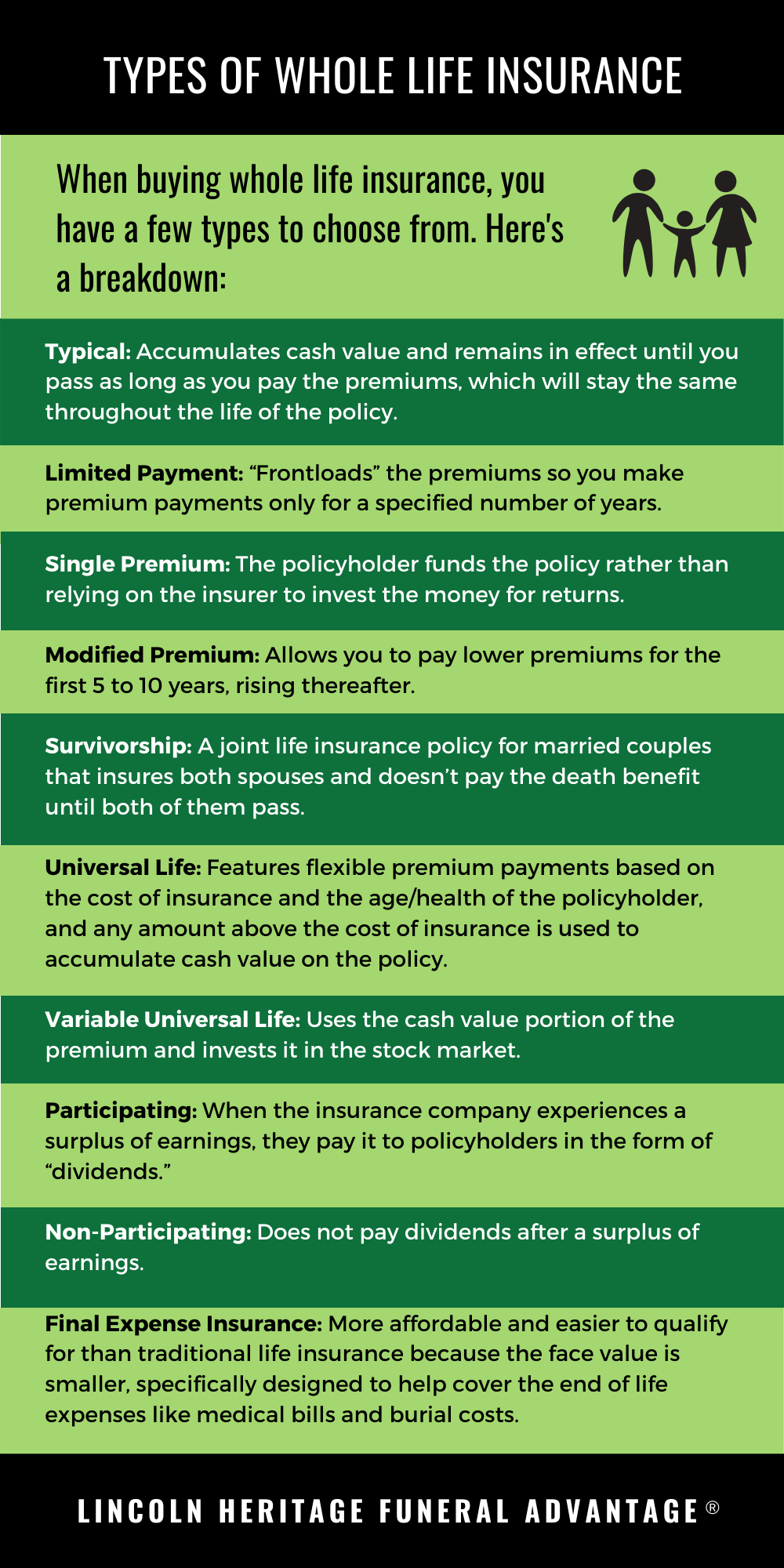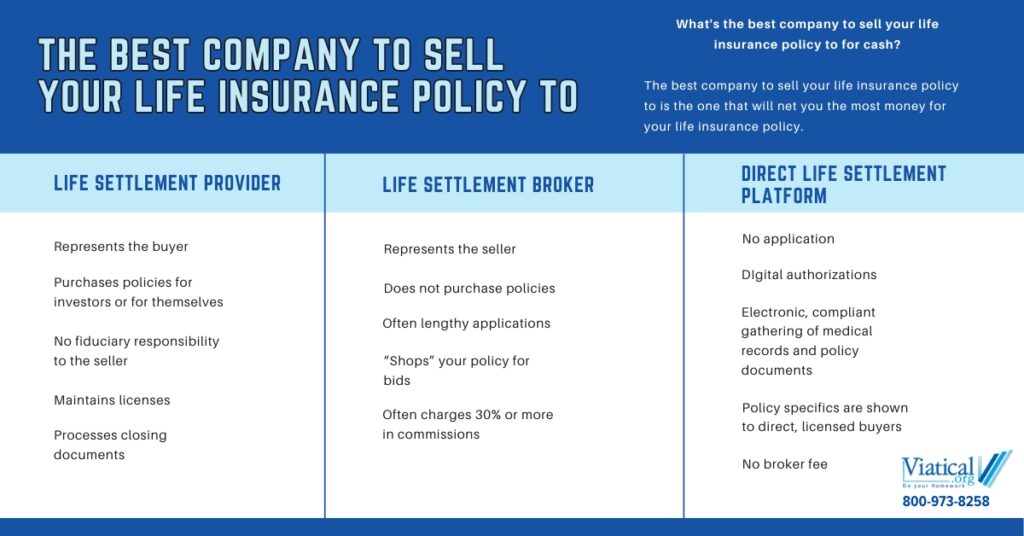Car Accident: What to Do After a Crash
In the aftermath of a car accident, the initial moments can be disorienting and overwhelming. Amidst the wreckage and confusion, knowing what to do can be daunting. Fear not, for this comprehensive guide will steer you through the immediate steps following a collision, ensuring you prioritize safety, protect your rights, and navigate the aftermath with confidence.
1. The Golden Hour: Ensuring Safety and Well-being
The hour immediately following a car accident is often referred to as the “golden hour.” It’s a crucial time frame when actions can significantly impact your health and well-being. Here’s what you need to do during this critical period:
1. Stay Calm and Check for Injuries: Take a deep breath and assess yourself for any obvious injuries. If you’re able, check on your passengers as well. Remember, adrenaline can mask pain, so even if you don’t feel injured initially, get checked out by medical professionals.
2. Move to Safety: If possible, move your vehicle to the side of the road or a safe location to prevent further accidents. However, if you or anyone else is seriously injured, do not attempt to move the vehicle.
3. Call 911: Dial 911 immediately to report the accident and request assistance. Provide the operator with your exact location and a brief description of what happened.
4. Exchange Information: Once you’re in a safe place, exchange contact and insurance information with the other driver(s) involved. Note down their name, address, phone number, insurance company, and policy number.
5. Document the Scene: Take pictures of the accident scene, including the damage to the vehicles, any visible injuries, and the surrounding area. These photos can serve as valuable evidence later on.
Car Accident Work: What to Do
Car accidents can be a frightening and stressful experience. If one person has been involved in a car accident, there are several things they should do to ensure their safety and well-being. The immediate aftermath of a car accident can be chaotic, but it’s important to remain calm and collected. The first priority should always be to check for injuries. Once the extent of the injuries has been determined, the next step is to contact the police and report the accident. The police will create a report that can be used to file an insurance claim. It’s also important to exchange information with the other drivers involved in the accident, including their name, address, phone number, and insurance information. Once the police have been contacted, the next step is to seek medical attention, even if one person does not feel injured. Some injuries, such as whiplash, may not be immediately apparent, and it’s important to get checked out by a doctor to rule out any potential health problems. After seeking medical attention, the next step is to contact one's insurance company to report the accident. The insurance company will then assign a claims adjuster to handle the claim. The claims adjuster will investigate the accident and determine who is at fault. Once fault has been determined, the insurance company will pay for the damages.
2. Contact the Police
After checking for injuries, the next step is to contact the police. The police will create a report that can be used to file an insurance claim. The police report will also contain information about the accident, such as the date, time, and location of the accident, as well as the names and contact information of the drivers involved. The police report is an important document that can help to protect one’s rights in the event of a car accident. It’s important to be as accurate as possible when providing information to the police. If there are any witnesses to the accident, be sure to get their names and contact information as well. The police will investigate the accident and determine who is at fault. Once fault has been determined, the insurance company will pay for the damages. If one is not satisfied with the police report, they can request a copy of the report and review it. If there are any errors in the report, they can contact the police and request that the report be corrected.
Car Accident Work
Car accidents are a common occurrence, and they can be a very stressful experience. It is important to know what to do if you are involved in a car accident. One of the most important things to do is to call the police. The police will be able to help you with the following tasks:
- Create an accident report.
- Investigate the accident.
- Exchange information with the other driver(s) involved in the accident.
- Help you get medical attention if you are injured.
- Help you file a claim with your insurance company.
2. Call the Police
If there are any injuries or significant damage, call the police to report the accident. You should always call the police if you or someone else has been injured, or if there is damage to property. The police will be able to help you create an accurate record of the accident, which can be helpful when filing a claim with your insurance company. If you are not sure whether or not you should call the police, it is always best to err on the side of caution and call them anyway.
3. Get Medical Attention
If you are injured in a car accident, it is important to seek medical attention as soon as possible. Even if you do not feel like you are seriously injured, it is still a good idea to get checked out by a doctor. Some injuries, such as whiplash, may not be immediately apparent. Getting medical attention will help you ensure that you get the treatment you need and that your injuries are properly documented. If you are unable to get to a doctor on your own, call an ambulance.
Here are some of the most common car accident injuries:
- Whiplash
- Head injuries
- Back injuries
- Neck injuries
- Broken bones
- Cuts and bruises
If you are experiencing any of these symptoms, it is important to seek medical attention right away:
- Headache
- Nausea
- Vomiting
- Dizziness
- Blurred vision
- Numbness or tingling
- Pain
4. Exchange Information with the Other Drivers
Once you have called the police and gotten medical attention, you should exchange information with the other drivers involved in the accident. This information includes your name, address, phone number, insurance information, and license plate numbers. You should also take pictures of the accident scene and the damage to your vehicle. This information will be helpful when filing a claim with your insurance company.
5. File a Claim with Your Insurance Company
After you have exchanged information with the other drivers, you should file a claim with your insurance company. Your insurance company will need to know the details of the accident, including the date, time, and location of the accident, as well as the names and contact information of the other drivers involved. Your insurance company will also need to see a copy of the police report and any medical records related to your injuries. Once you have filed a claim, your insurance company will assign you a claims adjuster who will help you through the claims process.
Car accidents can be a very stressful experience, but it is important to know what to do if you are involved in one. By following these steps, you can help ensure that you get the medical attention you need, that your injuries are properly documented, and that you are able to file a claim with your insurance company.
Car Accident Work
Car accidents are a fact of life, and if you’re unlucky enough to be involved in one, you need to know what to do. In addition to seeking medical attention, there are a few other things you need to take care of, such as exchanging information with the other driver(s) and contacting your insurance company.
1. Pull Over
If you’re involved in a car accident, the first thing you need to do is pull over to the side of the road. If possible, do this in a safe location, such as a parking lot or a wide shoulder. Once you’re out of the way of traffic, put your car in park and turn on your hazard lights.
2. Check for Injuries
Once you’re pulled over, check yourself and your passengers for injuries. If anyone is hurt, call 911 immediately. Even if you don’t think anyone is injured, it’s still a good idea to get checked out by a doctor, as some injuries may not be immediately apparent.
3. Exchange Information
Once the police arrive, exchange personal and insurance information with the other driver(s). This includes your name, address, phone number, and insurance company information. You should also get the other driver’s license plate number and vehicle make and model.
4. Take Photos
If possible, take pictures of the accident scene. This will help you document the damage and provide evidence to your insurance company. Be sure to take pictures of both vehicles involved in the accident, as well as any other relevant evidence, such as skid marks or broken glass.
5. Contact Your Insurance Company
As soon as possible after the accident, contact your insurance company to report the accident. They will be able to help you file a claim and get your car repaired or replaced.
6. Get a Copy of the Police Report
Once the police have completed their investigation, you can request a copy of the police report. This report will contain important information about the accident, such as the names of the drivers involved, the location of the accident, and the cause of the accident.
7. Get Legal Help
If you’re injured in a car accident, you may want to consider getting legal help. An attorney can help you file a claim for damages and negotiate with the insurance companies.
What to Do After a Car Accident: A Step-by-Step Guide
Car accidents can be a harrowing experience. In the aftermath of such an incident, it’s imperative to remain composed and take the necessary steps to ensure your well-being and safeguard your rights. This comprehensive guide will equip you with a step-by-step plan on what to do after a car accident, providing vital information and practical advice to help you navigate this challenging situation.
4. Document the Scene
Thoroughly documenting the accident scene is crucial for insurance purposes and potential legal proceedings. Armed with your smartphone, meticulously capture the following:
- Take photos: Take multiple photos of the accident scene, capturing the damage to both vehicles involved. Additionally, photograph any visible injuries, such as cuts, bruises, or lacerations.
- Obtain contact information: Exchange contact information with the other driver(s) involved, including name, address, phone number, and insurance details.
- Gather witness statements: If any witnesses were present, record their names and contact information. Their statements can provide valuable corroboration in the event of a dispute.
- Note road conditions: Observe and document the road conditions at the time of the accident, including weather, visibility, and road surface.
- Record your own account: In a notepad or on your smartphone, jot down a detailed description of the accident, including the time, location, and any other relevant details.
5. Report the Accident to the Authorities
Depending on the severity of the accident, you may need to report it to the police or highway patrol. Reporting an accident not only fulfills legal obligations but also creates an official record that can be valuable for insurance claims and potential legal proceedings. When reporting the accident, provide a clear and concise account of what transpired, including the date, time, location, and details of the collision. Be prepared to answer questions and provide any relevant documentation or witness statements.
Here are some additional tips for reporting a car accident to the authorities:
- Call 911 in case of injuries or emergencies: If anyone involved in the accident has sustained injuries or if there is significant damage to property, call 911 immediately.
- File a police report: If there are no injuries or major property damage, you can file a police report online or in person at your local police station.
- Obtain a copy of the accident report: Once the police report has been filed, request a copy for your records.
Documenting the accident scene thoroughly and reporting it promptly to the authorities are essential steps in protecting your rights and interests after a car accident. By following these guidelines, you can ensure that you have the necessary evidence to support your insurance claim and, if necessary, pursue legal action.
Accidents at Work: What to Do
A car accident at work can be a traumatic and confusing experience. If you’re involved in one, it’s crucial to prioritize your safety and well-being. Follow these steps to ensure you receive the necessary treatment, documentation, and legal protection:
1. Stay Calm and Assess
In the immediate aftermath of an accident, it’s natural to feel shaken. Take a deep breath and try to assess the situation calmly. Check for any physical injuries to yourself or others involved. If possible, move your vehicle to a safe location to avoid further accidents.
2. Contact the Authorities
Report the accident to the police and ambulance services immediately. They will document the incident, gather witness statements, and provide medical attention if necessary. Stay at the scene until the authorities arrive and follow their instructions.
3. Collect Evidence
Take photos of the damage to both vehicles, any visible injuries, and the surrounding area. Exchange contact and insurance information with the other driver(s) involved. If there were any witnesses, try to get their names and contact details.
4. Seek Legal Advice
If you or someone else sustained serious injuries or there is significant property damage, consider contacting an attorney. They can help you understand your legal rights, negotiate with insurance companies, and pursue compensation for medical expenses, lost wages, and pain and suffering.
5. Get Medical Attention
Even if you don’t feel injured immediately, it’s essential to seek medical attention as soon as possible. Some injuries, such as whiplash and internal bleeding, may not manifest themselves right away. A doctor can examine you, identify any hidden injuries, and recommend appropriate treatment.
6. Report the Accident to Your Employer
Notify your employer about the accident as soon as you can. They are legally responsible for ensuring a safe workplace and should investigate the incident thoroughly. Your employer may also provide workers’ compensation benefits to cover medical expenses and lost income.
7. Document Everything
Keep a detailed record of all expenses related to the accident, including medical bills, repair costs, and any lost wages. This documentation will be invaluable for insurance claims and potential legal proceedings.
8. Take Care of Yourself
After an accident, it’s common to experience physical and emotional distress. Allow yourself time to heal and recover. Attend all recommended medical appointments and follow your doctor’s instructions. Seek emotional support from family, friends, or a therapist if needed.
Car Accident: What to Do After a Wreck
After a collision, your adrenaline is going to be pumping. You may be in shock, confused, and even injured. It is hard to figure out what to do next, especially if you’ve never been in a car accident before. Here are some steps you can take to protect yourself and your rights after a car accident.
1. Stay Calm and Pull Over
If you’re involved in a car accident, the first thing you need to do is stay calm and pull over to the side of the road. If possible, get your car out of traffic. This will help to prevent further accidents and injuries.
2. Check for Injuries
Once you’ve pulled over, check yourself and your passengers for injuries. If you’re injured, call 911 immediately. Even if you don’t think you’re injured, it’s important to get checked out by a doctor as soon as possible. Some injuries may not be immediately apparent.
3. Exchange Information
Once you’ve checked for injuries, exchange information with the other drivers involved in the accident. This includes your name, address, phone number, insurance information, and license numbers. You should also get the names and contact information of any witnesses.
4. Take Photos
If possible, take pictures of the accident scene. This will help to document the damage to your car and the other vehicles involved in the accident. You should also take pictures of any injuries you or your passengers have sustained.
5. File a Police Report
In most states, you are required to file a police report after a car accident. This is especially important if there are any injuries or significant property damage. The police report will provide an official record of the accident, which can be helpful if you need to file an insurance claim or take legal action.
6. Contact Your Insurance Company
Notify your insurance company about the accident as soon as possible. They will be able to help you file a claim and get your car repaired or replaced. You should also contact your insurance company if you or your passengers have been injured in the accident.
7. Get Legal Help
If you or your passengers have been seriously injured in a car accident, you may want to consider getting legal help. An attorney can help you to file a personal injury lawsuit and get you the compensation you deserve for your injuries. This is especially important, if the accident is not clearly your fault. In this case, you shouldn’t have to pay the price for somebody else’s recklessness, negligence or drunk driving. Furthermore, if the insurance company or responsible party is disputing a claim, an attorney will fight for you.
7. Get Witness Information
You’ll want to jot down the names, contact information, and statements of any witnesses who saw the accident. Their accounts can corroborate your version of events, especially if the other driver disputes your claims. Don’t rely on the police report to capture all the details; take the initiative to gather witness information yourself.
8. Document the Damage
Take photos or videos of the damage to both vehicles, the accident scene, and any visible injuries you have sustained. These visual records provide undeniable evidence of the extent of the damage and your condition. Don’t overlook small details like tire marks or broken glass; they can help reconstruct the accident’s sequence later on.
Detailed documentation is crucial for insurance claims and potential legal proceedings. It’s like building a solid case with irrefutable proof. Remember, the more comprehensive your documentation, the stronger your position will be when seeking compensation or defending against false accusations.
Consider sketching a rough diagram of the accident scene, indicating the positions of the vehicles, road signs, and any other relevant landmarks. This simple sketch can serve as a valuable visual aid, helping insurance adjusters and attorneys understand the dynamics of the accident.
Don’t forget to seek medical attention promptly, even if your injuries seem minor. A medical report will document your injuries and provide a baseline for assessing future medical expenses. If you’re unable to seek medical attention immediately, take photos of your injuries and keep a record of any pain or discomfort you experience.
Car Accident Work: A Comprehensive Guide for Navigating the Aftermath
Car accidents can be a traumatic and disruptive experience, leaving you with physical injuries, emotional distress, and financial challenges. Navigating the aftermath of a car accident requires knowledge and support. This comprehensive guide will provide you with practical tips and essential information to help you through the process smoothly.
Here’s everything you need to know about car accident work and beyond:
1. Seek Medical Attention
After a car accident, it’s crucial to seek medical attention immediately, even if you don’t feel any pain. Some injuries may not manifest right away, and seeking medical care can ensure prompt diagnosis and treatment.
2. Report the Accident
Report the accident to your insurance company and the police promptly. This is a crucial step for initiating the claims process and getting a police report for legal purposes.
3. Gather Evidence
Document the accident scene as much as possible. Take photos, exchange information with other drivers involved, and gather witness statements. This evidence will be invaluable for insurance claims and legal proceedings.
4. Contact an Attorney (Optional)
Depending on the severity of the accident and the extent of your injuries, consider consulting with an experienced personal injury attorney. An attorney can guide you through the legal process, protect your rights, and ensure fair compensation.
5. File Insurance Claims
File insurance claims with your own insurance company and the insurance companies of the other drivers involved. Provide all the necessary documentation, such as the police report and medical records.
6. Negotiate a Settlement
Once the insurance companies have processed your claims, you may enter into negotiations for a settlement. A settlement is an agreement between you and the insurance companies where you receive compensation for your injuries and damages.
7. Handle Property Damage
If your vehicle sustained damage, work with your insurance company to determine the extent of the damage and arrange for repairs. In some cases, you may receive compensation for a rental car while yours is being repaired.
8. Follow Up
Check in with your doctor and insurance company regularly to monitor your recovery and the status of your claim. Attend medical appointments as recommended, and keep track of your expenses related to the accident.
9. Seek Support
Recovering from a car accident can be a physically and emotionally challenging experience. Don’t hesitate to reach out to family, friends, or support groups for emotional support. Seeking professional help from a therapist or counselor can also be beneficial for processing the trauma and coping with its aftermath.
Remember that you’re not alone in this process. With knowledge and support, you can navigate the complexities of car accident work and emerge from this experience with a sense of closure and newfound strength.




Leave a Reply